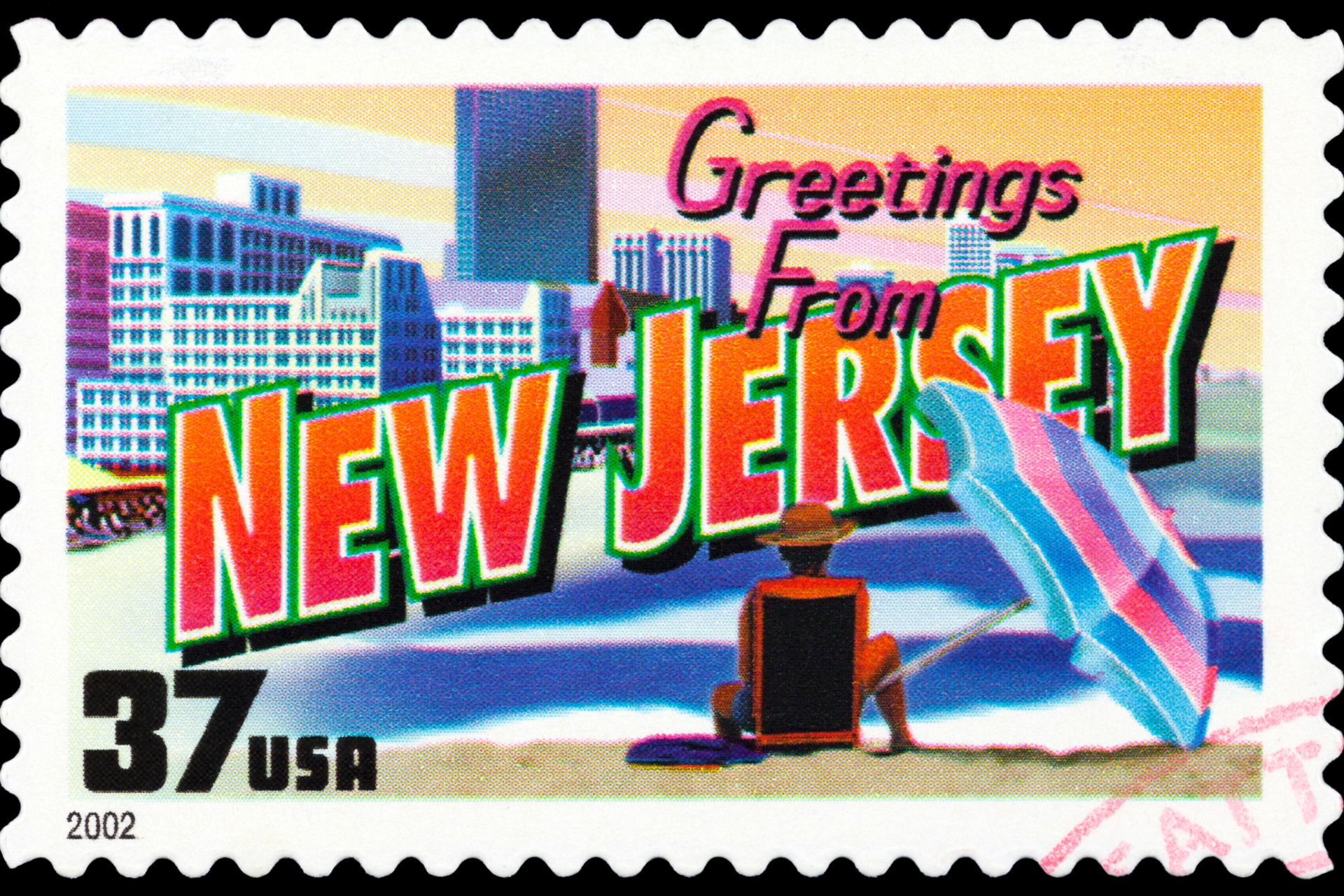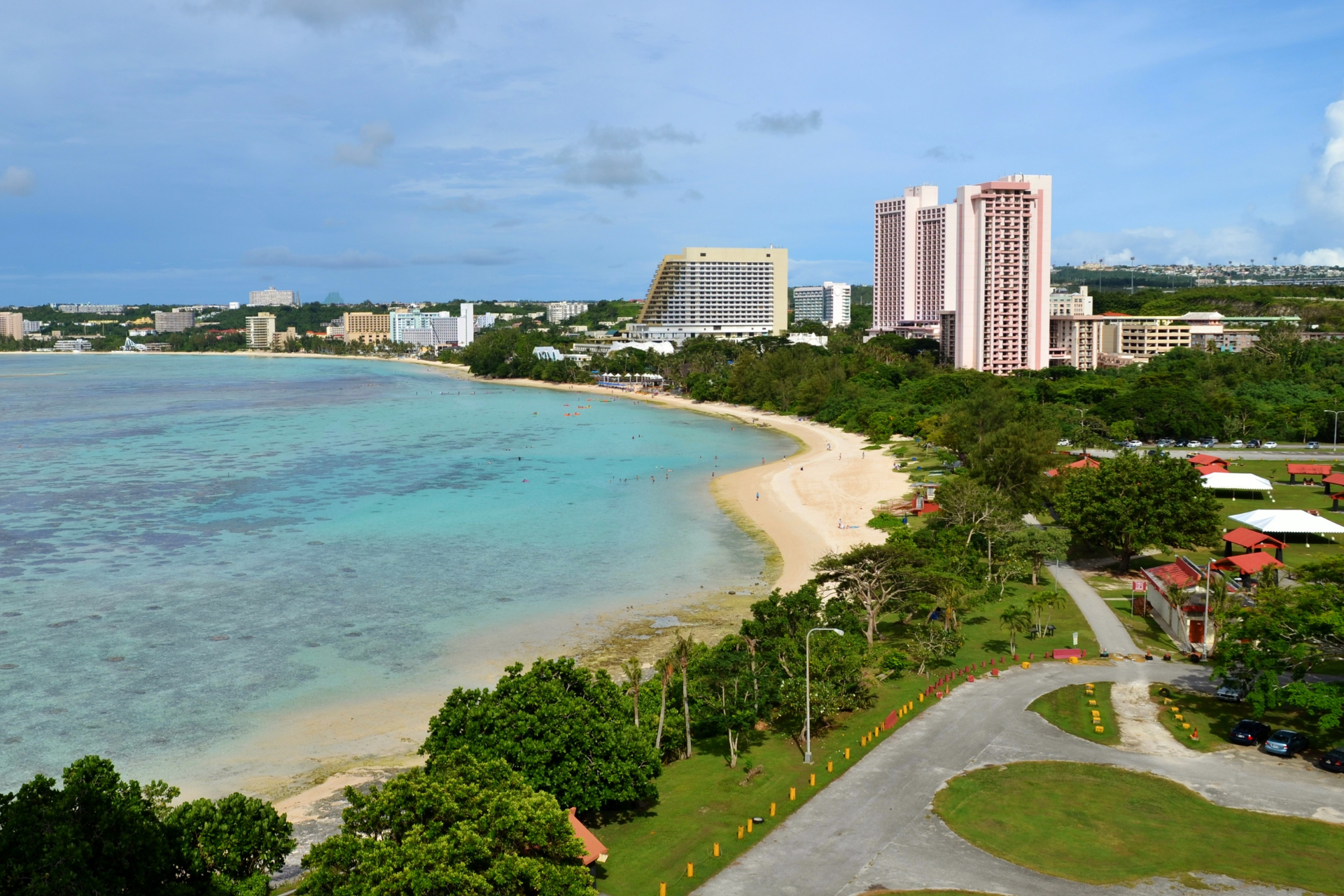A survey by George Washington University concluded that 40% of Puerto Rico residents are experiencing food insecurity. By contrast, only about 10% of households in the United States as a whole are food insecure, according to the USDA.
Factors contributing to food insecurity in Puerto Rico:
- While food insecurity levels in the States did not change between 2019 and 2020, the COVID-19 pandemic raised food insecurity in Puerto Rico from 38% pre-pandemic to 40% in 2020. The pandemic brought supply chain disruptions and loss of income.
- Puerto Rico imports some 85% of its food, leading to higher prices and limited fresh food. Hurricane Maria destroyed 80% of the Island’s crops, and some producers are only now having their first harvest since the 2017 hurricane season.
- 43% of Puerto Ricans and 57% of Puerto Rico’s children live in poverty. The poverty rate for the United States as a whole is 13%.
Federal assistance
48% of the residents of Puerto Rico receive federal nutrition assistance through the food stamp program. However, the program in Puerto Rico is not the same as in the States. Puerto Rico’s food stamp program, called NAP, is much less generous than the SNAP program in the States.
SNAP, which is provided in all 50 states, Washington, DC, the Virgin Islands, and Guam, allows $234 per month for individuals, compared with $112 under NAP in Puerto Rico. A family of three living in a State receives $616, while a family of three in Puerto Rico receives $315.
Not only do participants receive less money for food in Puerto Rico, they also face stricter income requirements. In 1992, the Government Accountability Office reported that 20% fewer households were eligible for NAP than had received SNAP benefits before Puerto Rico was removed from the SNAP program.
Research shows that SNAP is an effective means of reducing food insecurity, but Puerto Rico does not benefit from the program as the States do.
Why did Puerto Rico lose SNAP benefits?
The GAO report gives the reason for Puerto Rico’s loss of SNAP participation clearly: Congress was “concerned about the size, expense, and management of the food stamp program” in Puerto Rico.
As the courts observed in the case of SSI in Puerto Rico, a feeling that it’s too expensive to provide for the territory is not a valid reason to treat residents of Puerto Rico differently from other U.S. citizens.
However, Congress acted on their frugal impulse by replacing SNAP with a block grant in 1982. SNAP funding is based on needs in the States. It increases automatically when needs are greater. NAP funding is capped. In the face of hurricanes, earthquakes, economic recessions, or pandemics, there is no change in the available funds. Puerto Rico can only reduce the number of people who receive benefits.
To make matters worse, Puerto Rico was “inadvertently” left out of emergency nutritional assistance provided in a COVID-19 stimulus bill last year.
Food assistance accounts for just about 2% of government spending. The cost of nutrition assistance has increased during the pandemic, following a reduction since the Great Recession. This is how the program is designed to work, and one reason that food insecurity is less in the States than in Puerto Rico, where NAP expenditures have only been eked out by emergency increases.
HR 5220: Puerto Rico Nutrition Assistance Fairness Act of 2021
Resident Commissioner Jenniffer Gonzalez-Colon (R-PR) introduced HR 5220, the Puerto Rico Nutrition Assistance Fairness Act of 2021 to help solve the problem of hunger in Puerto Rico. The territories of Guam and the US Virgin Islands already participate in SNAP. HR 5220 will establish a process to “transition the Commonwealth of Puerto Rico from receipt of block grant payments under subsection (a)(2) to participation as a State in the supplemental nutrition assistance program.”
Jim McGovern (D-MA), Jayana Hayes (D-CT), and Darren Soto (D-FL) are co-sponsors of the bill.




This is just another example of the U.S. showing it’s disregard for the people of Puerto Rico.
While i don’t like it, the only real answer for the Puerto Rican people is statehood. The people need to come together on this issue. In my opinion it will take at least a 67% pro vote from the ENTIRE island for the U.S. to act on the statehood issue.
To continue as a territory is to continue to be taken advantage of by the U.S.
Independence would be the IDEAL solution, but, i am not sure the island is up for the challenge of independence.
13 October 2021
Let’s have a wakeup call! Wakeup PRs! You have been asleep for 101 years, 1920 to 2021. Wake up! It is time to Wakeup; up, up you go.
Statehood is not going to solve the food problem. You’re an ISLAND surrounded by lots of very deep water. You cannot produce all the food you need. Most – lots and lots of the food you eat needs to be imported, and since you are a TERRITORY of the USA, it needs to be imported from the USA.
Get off this Free Associated BS; it is a fairytale that was started years ago by one of your own. Face the Facts. Your problem began in 1920 with the second part of the Jones act better known as The Merchant Marine Act of 1920. The first part of the Jones Act came in 1917 that part, made all PRs US citizens.
The Great War was almost over; the US joined the winning side and it needed Canon Fader, so with the brush of a pen the barefooted PR became a Dough Boy.
PR’s people can eat as well if and only if it expunges The Merchant Marine Act of 1920 from US law.
But remember, Islands do have their shortcomings. Take a good look at the UK since it left the EU
RF McDonald, D, IE
Pingback: Puerto Rico's agriculture solution to climate change – Pasquines – SADC AGRIBUSINESS MAGAZINE